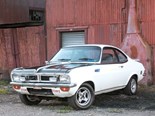1960 Chevrolet Corvair Review
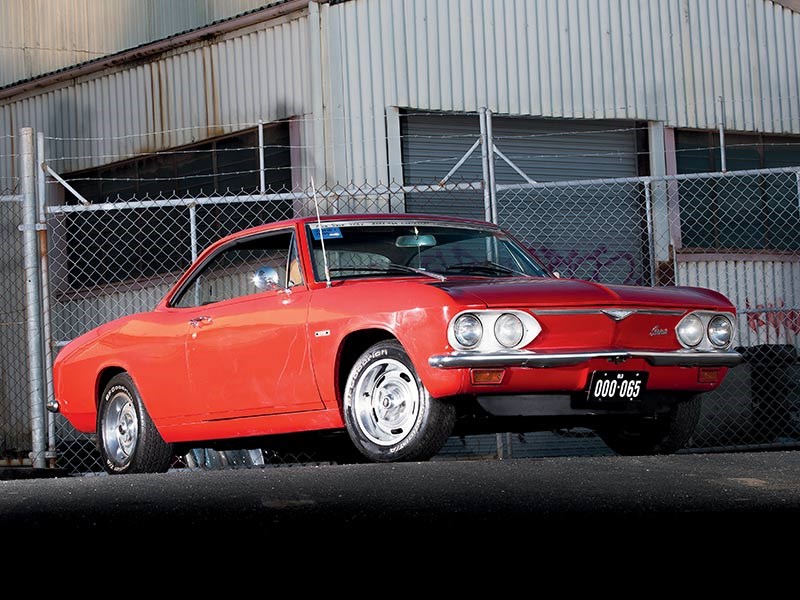

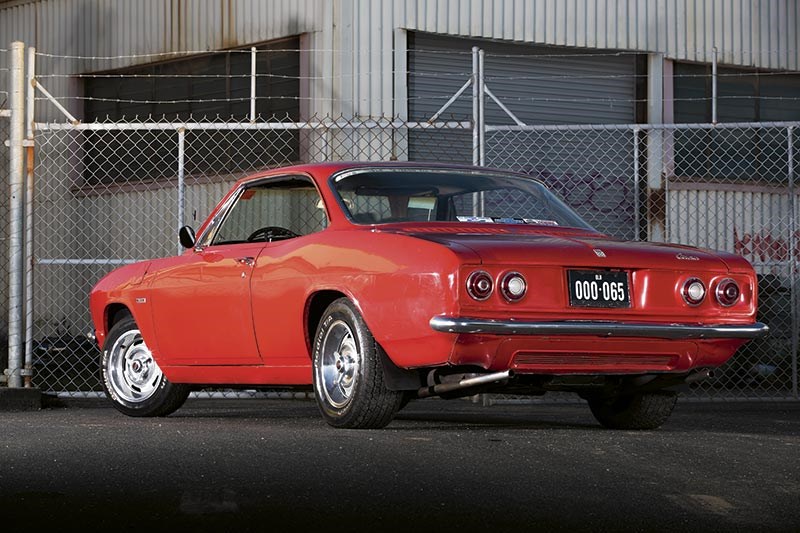

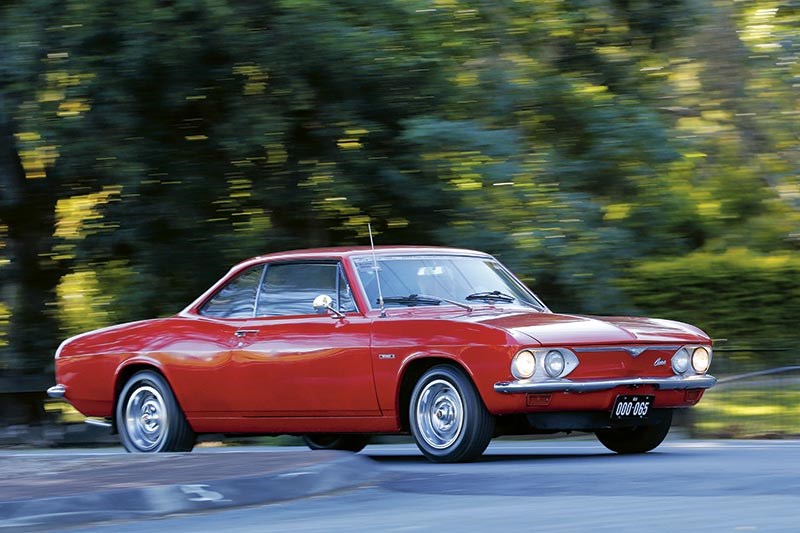

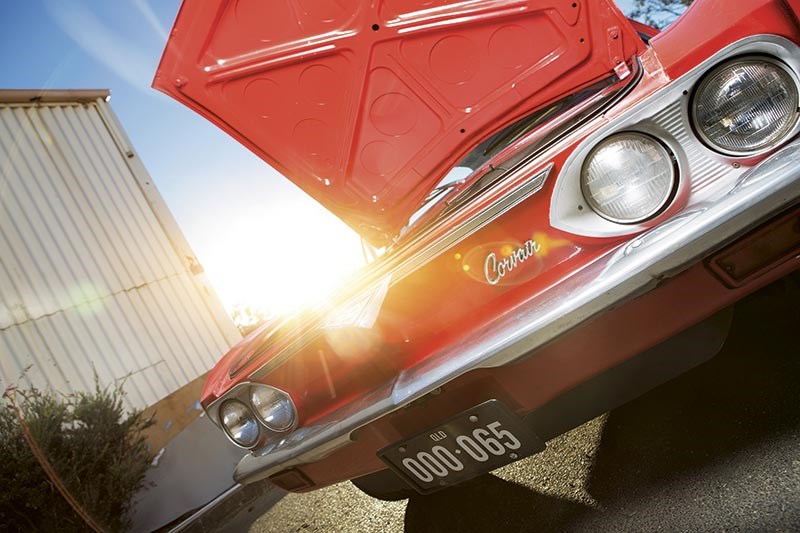

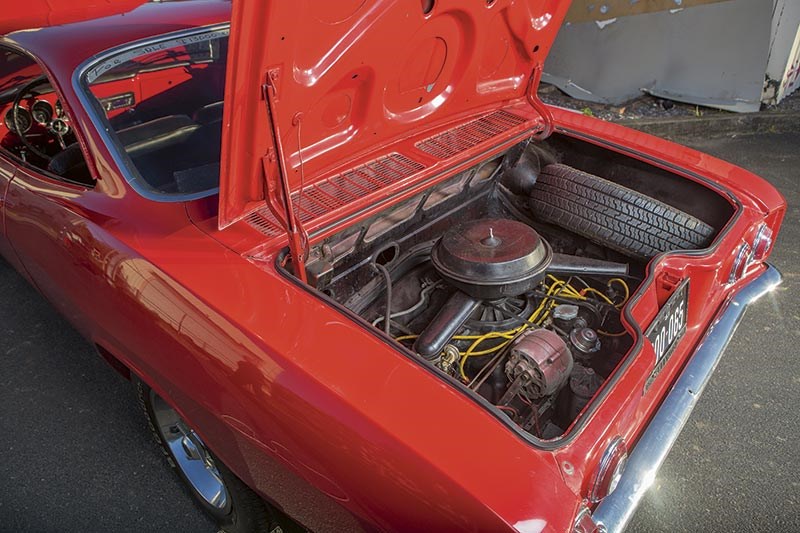


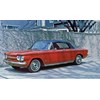

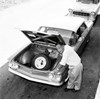
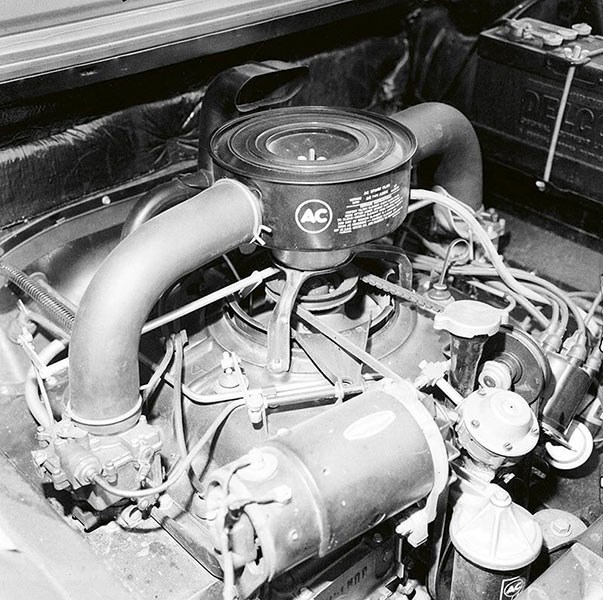


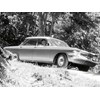
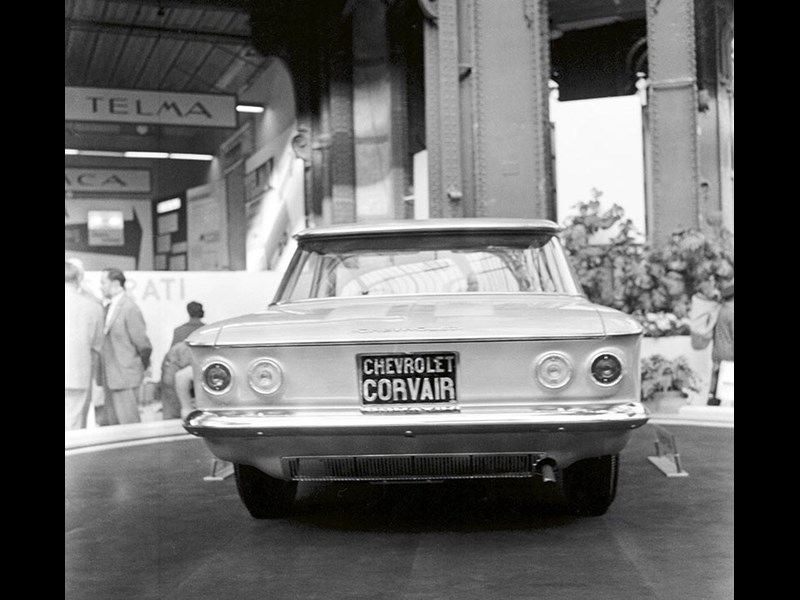



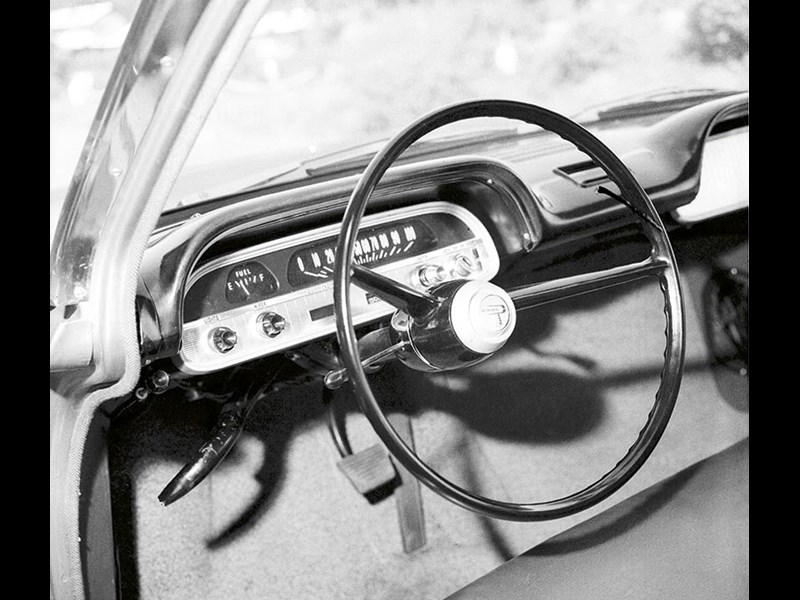

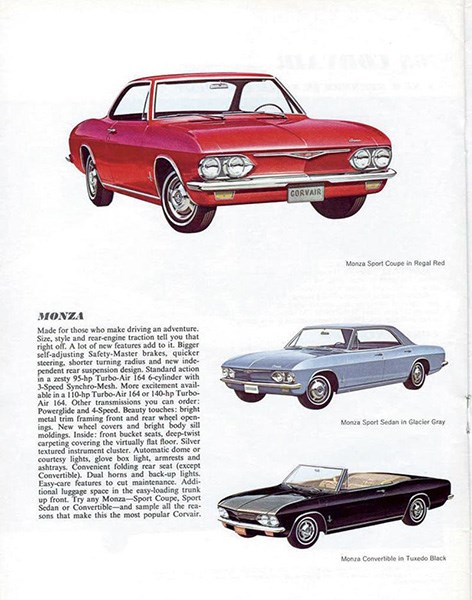

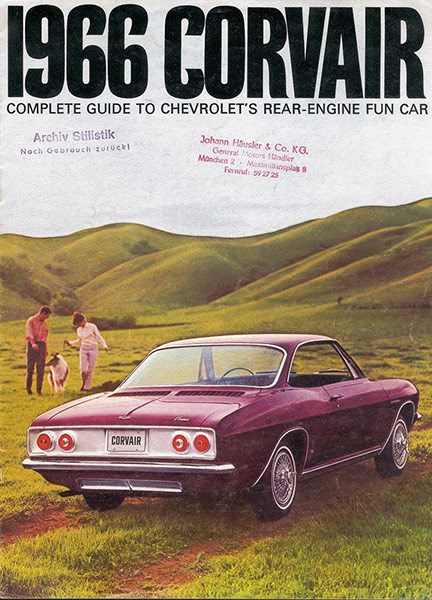


|

|

|

|

|

|

|

|

|

|

|

|

|

|
How the General stuffed up the (should have been brilliant) Corvair
Chevrolet Corvair
The Chevrolet Corvair began as a sweet dream and quickly turned into nightmare. Few modestly priced American cars were created with such imagination; few were so compromised by cost-cutting. And the paradox of the first compact Chevrolet is that its poor safety record arguably drove not only the beginning of serious legislation to force manufacturers to engineer more safety into their cars but perhaps started the process which led to our current nanny state.
Misunderstanding and plain misinformation continues to dog the Chevy Corvair. It is frequently asserted, for example, that Ralph Nader’s 1965 book Unsafe at any Speed is all about the Corvair. In fact only the first of its eight chapters focuses on that car, which provided the easiest way for Nader to commence his wholesale attack on the US automotive industry’s safety record.
Many automotive specialists, including the late, erudite LJK Setright, believe Nader overstated his case: "And it was not the cars which were too fast, it was the drivers who were too stupid – but what social animal under the impulsion of a cultural imperative, will stop to consider such an argument? In America things were much worse (than in the UK): the combination of inept unschooled drivers in rear-engined cars with swing-axle rear suspension had proved lethal, and the Corvair was now being pilloried."
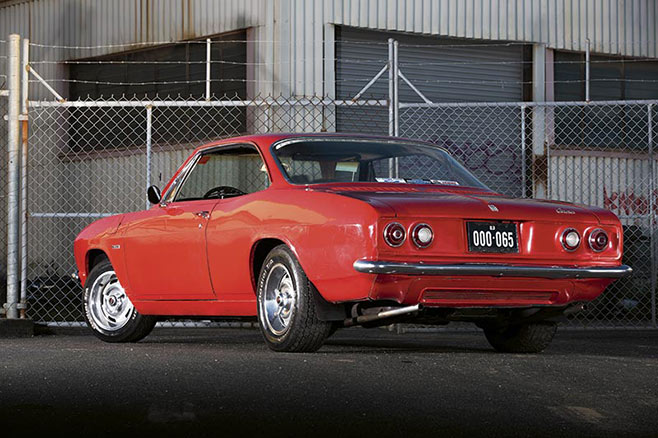
Nader was not the Corvair’s first critic. The dangers inherent in the suspension design and weight distribution of the original Corvair were well understood not just by a cadre of leading Chevrolet engineers but also by their rivals at Ford.
As early as 31 May 1960, eight months after the Corvair’s launch, senior Ford executives agreed that the "poor handling and stability characteristics of the Chevrolet Corvair" would have less influence on sales than "more easily discernible product characteristics". These included value for money, performance, space and that key attribute of American cars, ride comfort.
Nader was perhaps not even the harshest critic. In his unauthorised biography, On a Clear Day You Can See General Motors (permission given to author J Patrick Wright and later withdrawn), John Z DeLorean, who was appointed chief engineer at Pontiac in 1961 (and later headed Pontiac, then Chevrolet), says: "I don’t think any one car before or since produced as gruesome a record on the highway as the Corvair."
DeLorean remarks on how many senior GM executives and their family members were involved in serious crashes:
"The son of Cal Werner, general manager of the Cadillac division, was killed in a Corvair. Werner was absolutely convinced that the design defect in the car was responsible. He said so many times. The son of Cy Osborne, an executive vice-president in the ’60s, was critically injured in a Corvair and suffered irreparable brain damage. Bunkie Knudsen’s niece was brutally injured in a Corvair. And the son of an Indianapolis Chevrolet dealer also was killed in the car. Ernie Kovacs, my favourite comedian, was killed in a Corvair."
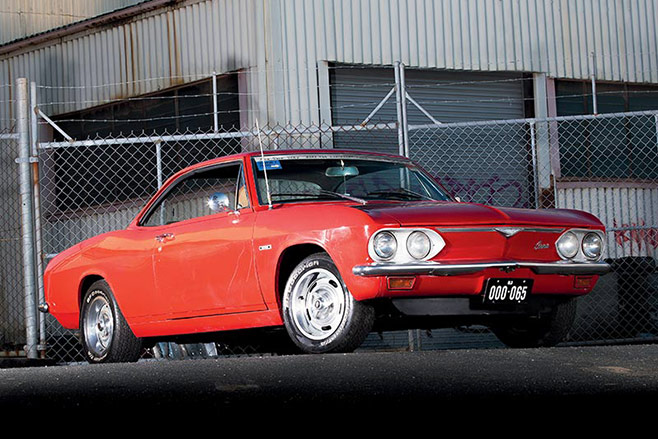
Law suits were generally settled before they reached court. (DeLorean had his own axe to grind with the corporation, having departed unhappily in 1973.)
The Corvair was introduced to the US market in the fall of 1959 in the first wave of homegrown ‘compacts’ to compete with the Volkswagen and Renault Dauphine and other small European models which were making inroads into the dominance of the Detroit manufacturers. The entry level variants cost about $50 more than a Beetle.
At the time, the Corvair seemed like a breath of fresh air through the stale US industry. Motor Trend named it 1960 Car of the Year. Ford’s offering was the Falcon, the automotive love child of Robert McNamara, newly appointed Secretary of Defence in John F Kennedy’s cabinet. McNamara had copped flak over the Edsel failure which occurred during his ascendancy to the top job at Ford. But McNamara’s own taste was quasi-puritanical; he loathed the very idea of the Edsel.
The Falcon was as conventional as the Corvair was radical. And, beneath its highly sculptured surface, so, too, was the Plymouth Valiant. While the Corvair was hardly modelled on the Volkswagen, it did follow the German car’s example of an air-cooled rear engine and inexpensive swing-axle rear suspension. The Falcon and Valiant followed the Detroit formula of water-cooled front engine. The Valiant used torsion bar suspension but the compact Ford was dull all the way back to its semi-elliptic rear springs.
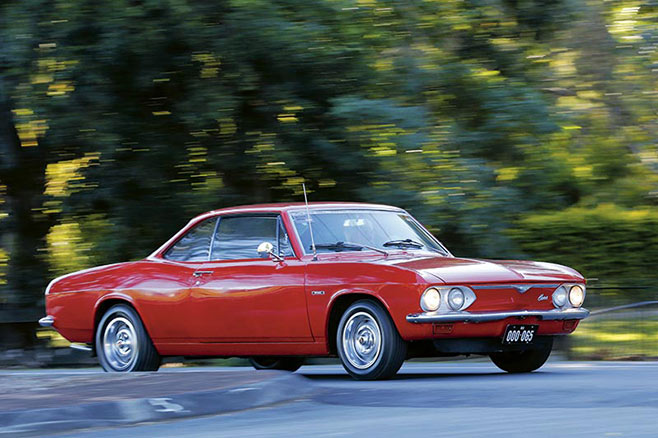
Ed Cole was the chief engineer of the Corvair. Cole, himself a keen driver, had long been in love with the idea of creating a rear-engined car. The Corvair was, as historian Ed Cray has said: "... ostensibly an engineering marvel. Even the engine was novel: an air-cooled ‘pancake’ of cast aluminium with its six cylinders horizontally opposed, weighing only half what the conventional Chevrolet engine weighed, yet capable of delivering 80 horsepower. It was an echo, however faint, of the copper-cooled engine Charles F Kettering had conceived three decades earlier."
DeLorean believed Ed Cole retained great faith in his Corvair, although a strong contingent of Chevrolet engineers were critical of it.
In July 1956, Cole was promoted from chief engineer to general manager of Chevrolet (and in 1967 he was made president and CEO of General Motors, thought of by insiders as ‘the engineer who understands the financial side’). This was about the time GM boss Harlow Curtice approved the programme, telling Cole to proceed slowly: memories of the aborted Cadet small car programme of 1945-47 lingered. Curtice insisted that at least one Corvair variant would have to be sold for less than $2000 to the Volkswagen’s $1950. If Americans were going to choose a new smaller car rather than a used full-size one, then that car had to come with a low price tag.

In August 1958 Frederic G Donner replaced Curtice as chairman and CEO of General Motors. A lifelong finance guy, Donner soon mandated cost-cutting. That’s why the Corvair didn’t get the front anti-roll bar even though the appropriate brackets were already fitted (all-important ride comfort was the secondary reason). The bar would have added $15 to the cost of each car – a not inconsiderable amount in 1959, when savings of two or three cents were counted.
Cole’s faith was partly due to his own prowess behind the wheel and bolstered by the precise instructions on the critical issue of tyre pressures. Can you imagine in this century the safety of a car being dependent on tyre pressures coming within a specified range of 3-5 psi?
Put simply, if the rear tyres weren’t inflated to 26 pounds (cold), the risk of a tyre rolling off the rim under heavy cornering loads increased dramatically. Oddly, just 15 psi (cold) was specified for the front tyres. Weight distribution was an unfortunate 38:62. Even so, many experts believed 15 pounds for the front tyres was too low, even dangerous. A small note near the end of the owner’s manual pointed out the importance of correct tyre pressures and mentioned the risk of oversteer without explaining the term. (But in 1961, William F Sherman, technical director of the Automobile Manufacturing Association, said, "We’ve long since given up on the idea that the motorist will read the owner’s manual.")
Chevrolet was trying to impose too much responsibility on (often) car-ignorant drivers. According to Nader the Corvair engineers: "...did not have the professional stamina to defend their engineering principles from the predatory clutches of the cost-cutters and stylists. They did not forget the driver; they ignored him."
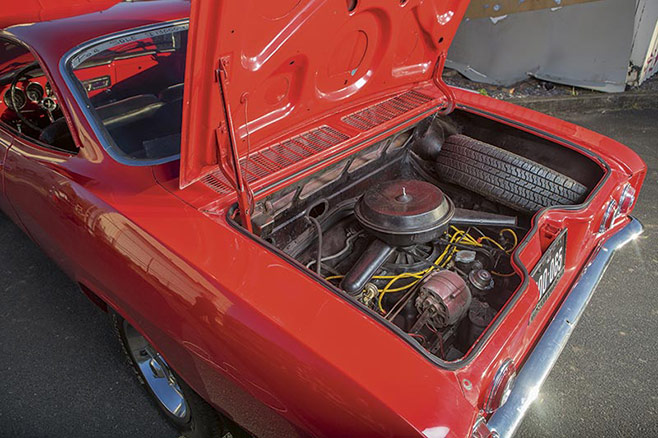
The evidence suggests most dealers were pretty casual about tyre pressure with some recommending nearly even numbers front and rear. When the rear end did let go, there was little warning and it all happened much more suddenly than in the much slower Beetle. Chevrolet had easily the heaviest rear-engined car in the world at the time, ready to explore the limits in undesirable ways.
Much of Cole’s concept got whittled (bean-counted) away. The Corvair had been conceived with a cast aluminium engine but cost dictates saw a switch to 50 per cent cast iron. Cheap tyres on narrow rims saved a lot of money. Remember, GM had hitherto refused to build smaller cars because they meant smaller profits. Almost incredibly, the Corvair would be cheaper to build than a Falcon or Valiant.
With no transmission tunnel, it could also offer an almost flat floor and room for six adults. It was also the first ever American vehicle to be designed with inherent oversteer. Nader quotes Robert Janeway, former director of Chrysler’s dynamic research department as saying: "From the standpoint of safety, oversteer is an intolerable condition and has always been recognised as such by the industry in the US." (Imagine its penchant for oversteer bearing six American burghers on board and low tyre pressures!)
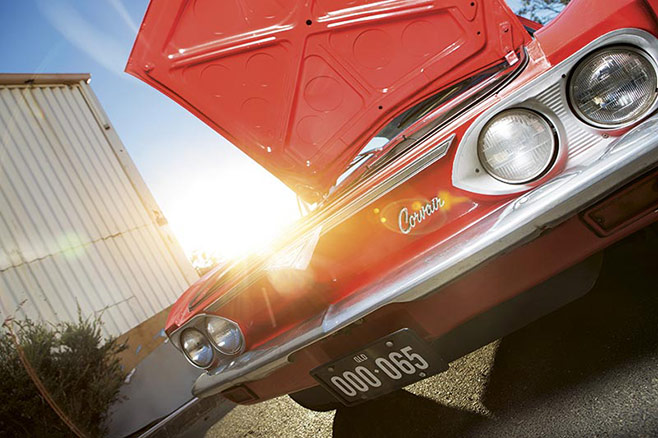
No question, with the recommended tyre pressures (or higher) and in the right hands, the Corvair outhandled most American cars of its day and Cole had already challenged Henry Ford II publicly: "I’ll corner inside you against anything you’ve got."
Around a track the Corvair was doubtless quicker than an understeering 1960 Falcon, but it was no Porsche and, in the wrong hands and unfavourable conditions, Porsches also caught drivers unawares.
Then there is the comparison with the Beetle. Sure, the swing axles displayed the same tuck under effect but the engine had only half as much power and there was far less weight in the rear. Besides, Chevrolet promoted its new six-cylinder compact as sporty, which was about the last adjective ever applied to the Beetle in that Doyle, Dane, Bernbach era of gently self-deprecating Volkswagen advertising – "it’s ugly but it gets you there".
In a six and a half-minute ad the Corvair is shown driving over paddocks, through rivers and around a racetrack. "They tried to make to make the Corvair roll over – it wouldn’t…" was perhaps the most disingenuous claim of all. Maybe ‘they’ should have asked the Chevrolet test driver who accidentally rolled the first handcrafted prototype!
SPECIFICATIONS
1960 Chevrolet Corvair
Engine 2296cc flat-6, air-cooled, two valves per cylinder, twin carburettors
Power 80hp @ 5200rpm (Optional 95hp @ 4800rpm)
Gearbox 3-speed manual (Optional 2-speed Powerglide auto)
Suspension Independent – coils/wishbones hydraulic shocks (f)
Independent – coils and semi-trailing arms hydraulic shocks(r)
Brakes Drums front and rear
Steering Recirculating ball
Top speed 140km/h (approx)
Unique Cars magazine Value Guides
Sell your car for free right here
Get your monthly fix of news, reviews and stories on the greatest cars and minds in the automotive world.
Subscribe

.jpg)









